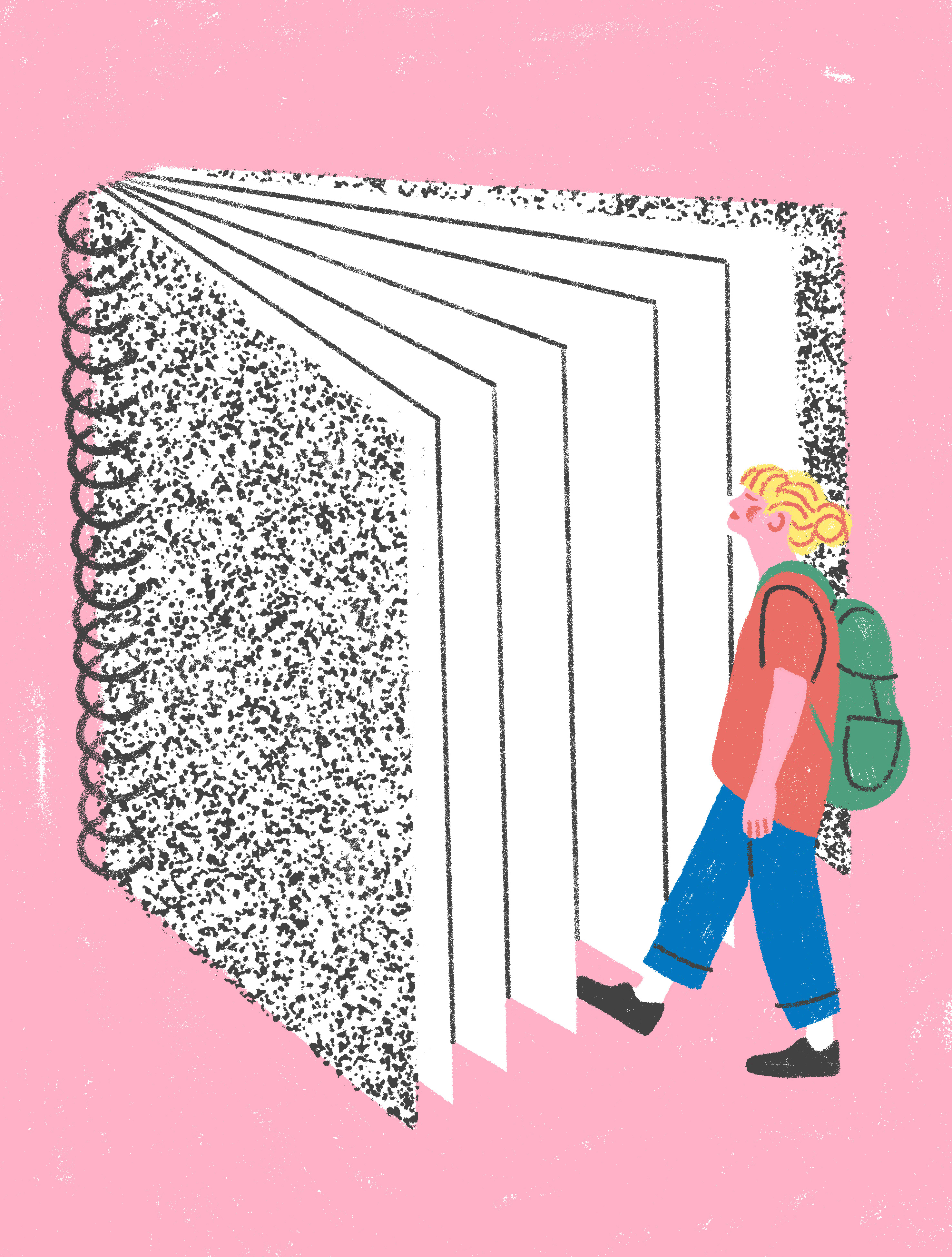
It all begins with a question, some element of life that is seemingly unclear or in utter disarray. Meditate. The mind slowly quiets and the idea begins to focus on the specifics at
hand. Shuffle. Keep the question in mind. Keep arranging and re-arranging.
Flipping the cards through your fingers. Concentrate with every fiber of your being on the answer you desire. You will know when the deck is right. Everything aligns as it is supposed to.
Now, the deal.
First row. Four cards. Horizontally placed left to right; the first symbolizing the distant past,
When discussing the act of creation and primarily artistic inspiration, psychologist Ernst Kris describes the voice of the unconscious speaking through the agent, thus giving it an almost god-like status over the consciousness itself. This particular idea hints that artists are merely scribes for something working through them, quite possibly even something universal such as Jung’s hypothesized collective unconscious. This idea of a universal link that transcends all boundaries is essentially fundamental in the transition to higher evolutionary states. In true Ouroboros fashion, this higher evolutionary state comes full circle biting its own tail,and forging the new scribe.

X (wheel of fortune)
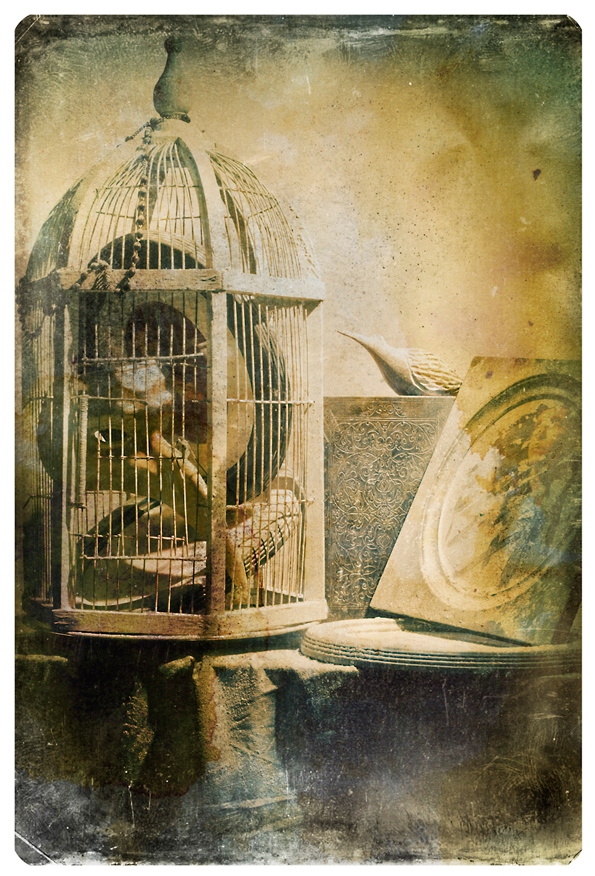
XVII (the star)

XIV (temperance)
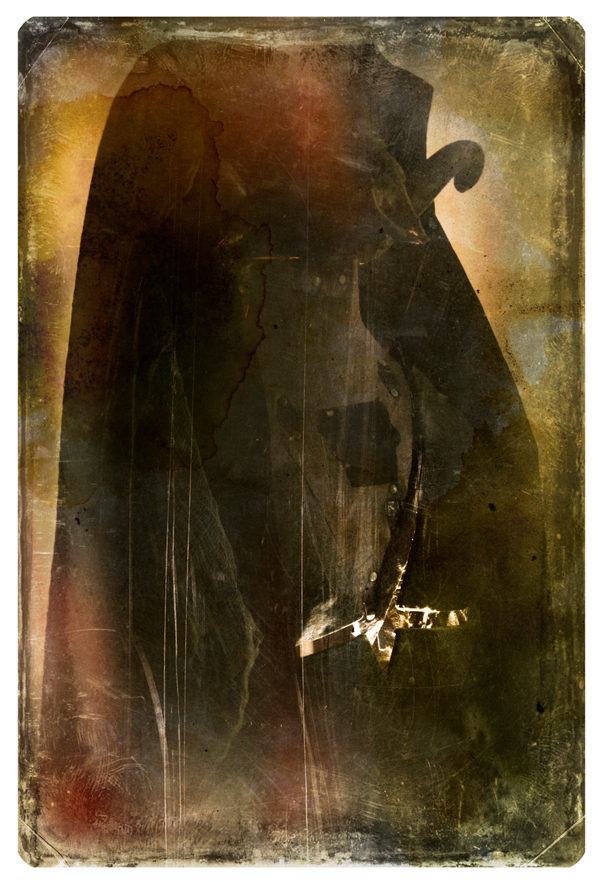
IX (the hermit)
___________________________________
Second row. Eleven cards. Horizontally placed and centered on the initial row. These symbolize the influence on others, the present foundation and lastly the influence others bear. Since we are primarily rooted in the present, this tends to be the longer portion of the reading.
___________________________________
In his article discussing the concept of Equivalence, Minor White describes this photographic theory as “the backbone and core of photography as a medium of expression creation.” [1] On the most basic level Equivalence serves as a communicative tool between photographer and image but more importantly from image to viewer. This idea that something meant purely as indexical to capture reality could create an aesthetic experience was heretofore unheard of. This perception is still highly disputed and triggers a consistent uphill battle for image-makers even today.
However, exorcising one’s emotions through creative means is no recent development inthe historical context of aesthetics. Post-World War II, a barrage of artists using traditional mediums began to build them into a cathartic arsenal. The Vienna Aktion Group was comprised of four key artists; Brus, Muehl, Schwarzkogler and Nitsch. Whether it was being drafted into Hitler’s army, losing a father to suicide or watching your hometown set ablaze; each of these artists’ lives was directly affected by the atrocities of the war. Their methods of expression varied greatly but, the common thread was an overt need to purge; as time pressed on, each “Aktion” (as Nitsch deemed them) created needed to be more grandiose than the previous and could last minutes, hours, or his longest, 6 entire days. Inspired by Antonin Artaud’s “Theatre of Cruelty”, Aktions also put the spectator directly in the center of the spectacle; they were just as much a part of the ritual as the Aktionists themselves.
More widely noted, Anselm Kiefer directly expressed a sense of severe post-war guilt not only through technique but also his inclusion of unusual but relevant mediums. Oftentimes these objects directly related to the Holocaust would be included, adhered and then varnished over. Additionally, his work has consistent allusion to theology, direct links to alchemy and even occult symbolism - primarily the use of sigilization.
In Rhetoric of the Image, Roland Barthes discusses at length the ability of images to be translated rhetorically, regardless of content or technique, being nothing more than classifiable symbol sets. The main challenge of basic sigilization is essentially the opposite, to transform rhetoric into a symbol, one that transcends any and all lexeme. From there the power to inject any sort of value is based entirely on give and take- an equivalent exchange.
Second row. Eleven cards. Horizontally placed and centered on the initial row. These symbolize the influence on others, the present foundation and lastly the influence others bear. Since we are primarily rooted in the present, this tends to be the longer portion of the reading.
___________________________________
In his article discussing the concept of Equivalence, Minor White describes this photographic theory as “the backbone and core of photography as a medium of expression creation.” [1] On the most basic level Equivalence serves as a communicative tool between photographer and image but more importantly from image to viewer. This idea that something meant purely as indexical to capture reality could create an aesthetic experience was heretofore unheard of. This perception is still highly disputed and triggers a consistent uphill battle for image-makers even today.
However, exorcising one’s emotions through creative means is no recent development inthe historical context of aesthetics. Post-World War II, a barrage of artists using traditional mediums began to build them into a cathartic arsenal. The Vienna Aktion Group was comprised of four key artists; Brus, Muehl, Schwarzkogler and Nitsch. Whether it was being drafted into Hitler’s army, losing a father to suicide or watching your hometown set ablaze; each of these artists’ lives was directly affected by the atrocities of the war. Their methods of expression varied greatly but, the common thread was an overt need to purge; as time pressed on, each “Aktion” (as Nitsch deemed them) created needed to be more grandiose than the previous and could last minutes, hours, or his longest, 6 entire days. Inspired by Antonin Artaud’s “Theatre of Cruelty”, Aktions also put the spectator directly in the center of the spectacle; they were just as much a part of the ritual as the Aktionists themselves.
More widely noted, Anselm Kiefer directly expressed a sense of severe post-war guilt not only through technique but also his inclusion of unusual but relevant mediums. Oftentimes these objects directly related to the Holocaust would be included, adhered and then varnished over. Additionally, his work has consistent allusion to theology, direct links to alchemy and even occult symbolism - primarily the use of sigilization.
In Rhetoric of the Image, Roland Barthes discusses at length the ability of images to be translated rhetorically, regardless of content or technique, being nothing more than classifiable symbol sets. The main challenge of basic sigilization is essentially the opposite, to transform rhetoric into a symbol, one that transcends any and all lexeme. From there the power to inject any sort of value is based entirely on give and take- an equivalent exchange.


VIII (strength)
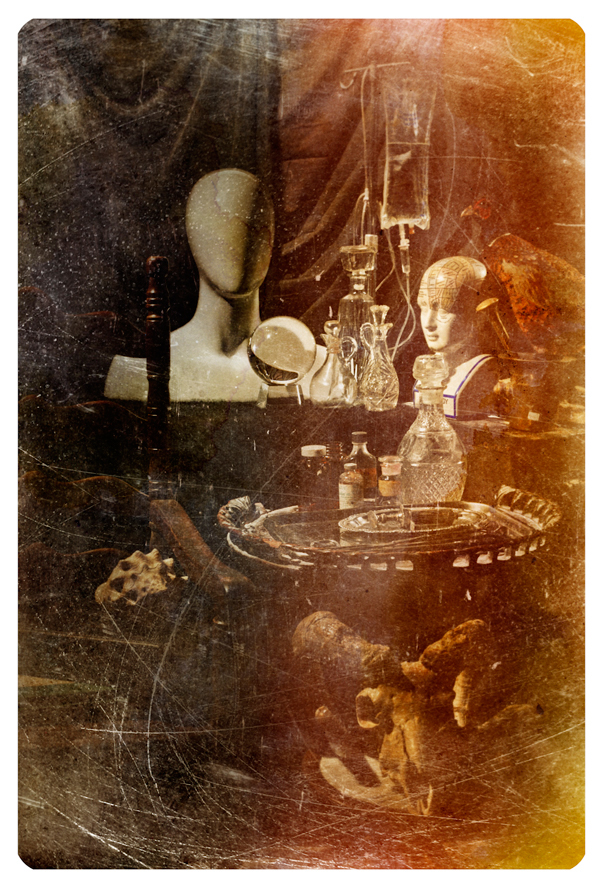
IV (the emperor)

VII (the chariot)
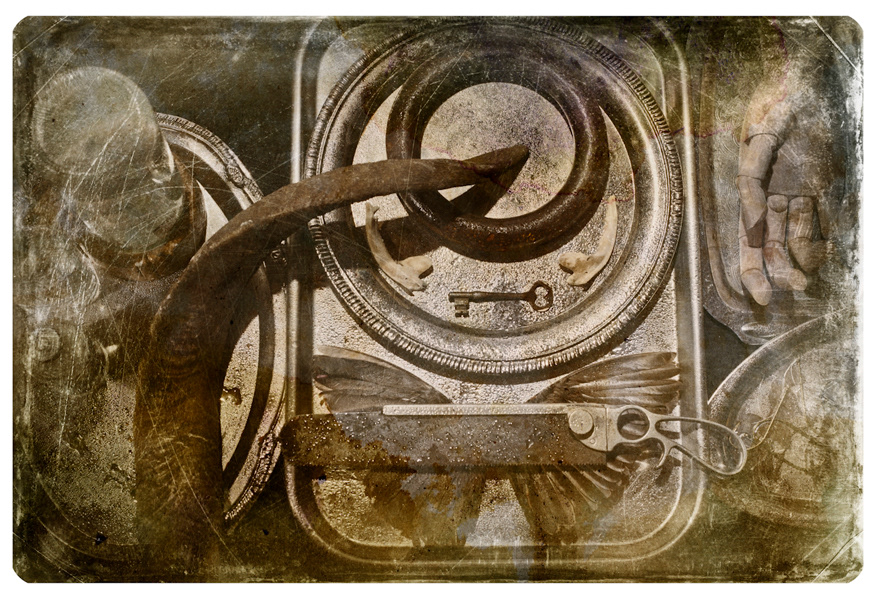
XV (the devil)
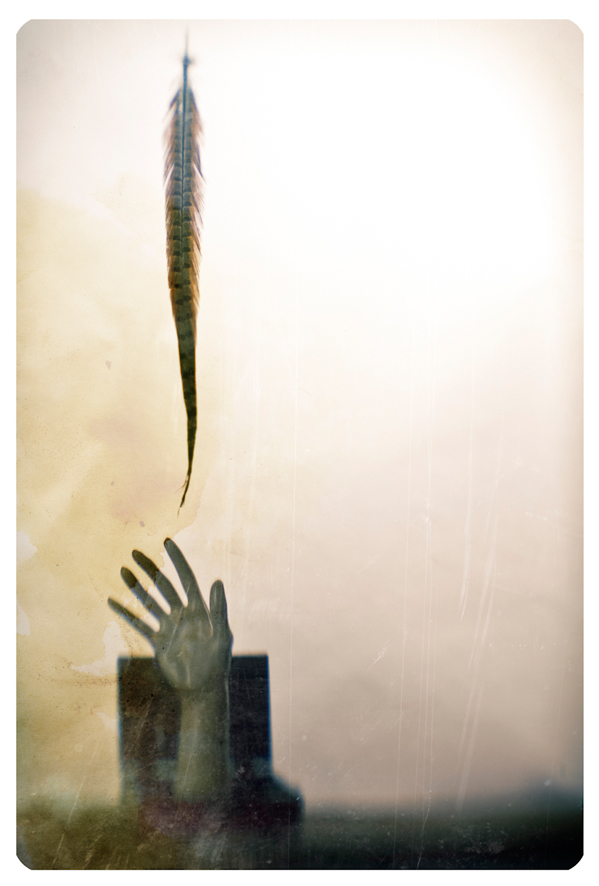
XX (judgement)
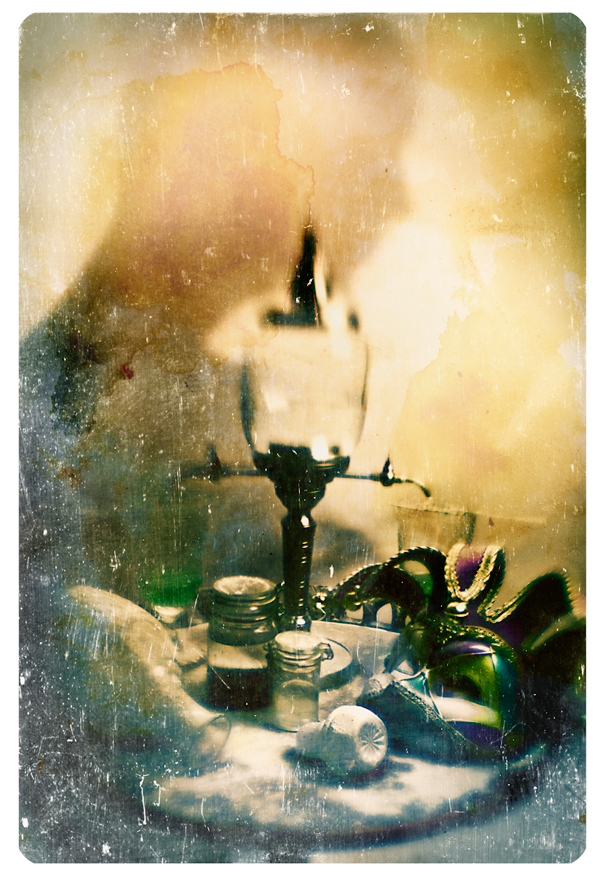
0 (the fool)

I (the magician)
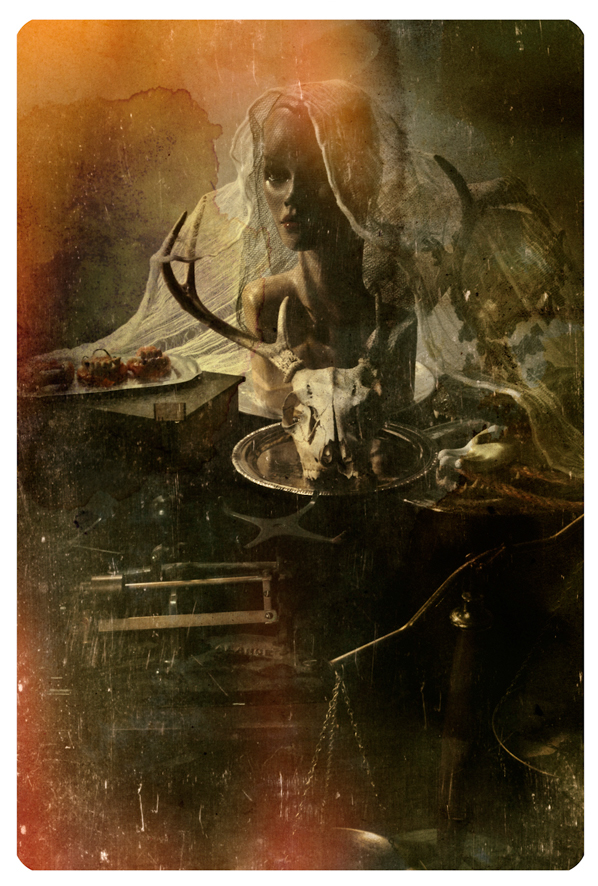
XI (justice)

XIX (the sun)
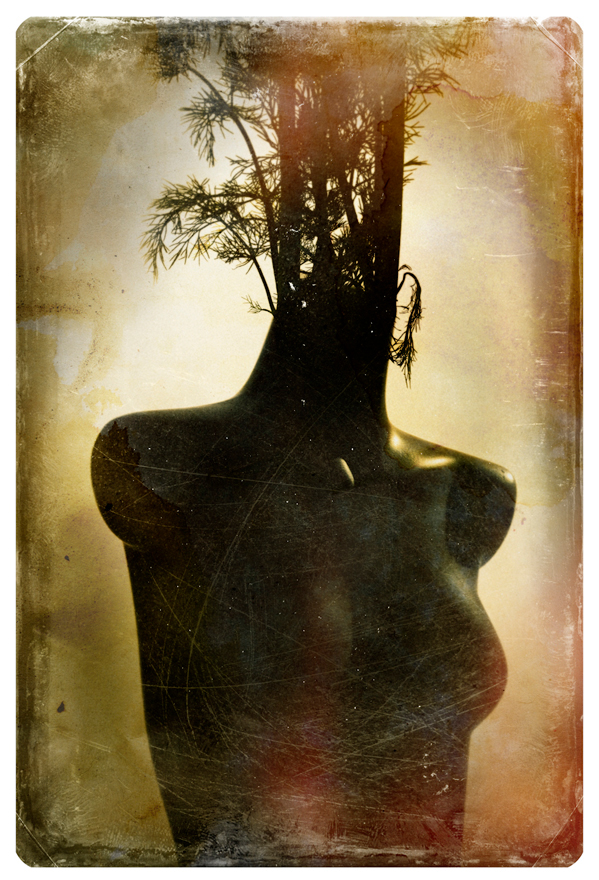
III (the empress)
___________________________________
Final row. Seven cards. Horizontally placed, again centered on the previous row. Two symbolize future states of being, inner emotions and specific goals. Two immediate future cards. One broad influence and the two final cards dictate the ultimate outcome.
___________________________________
William S. Burroughs believed that if everything could be recorded and could be recorded, then it could be edited. For example, if you can capture a photograph and manipulate it, then on some level you are bending reality or at very least creating your own version. Tarot readings are typically used in terms of divination; much like psychotherapy people look to soothsayers for a sense of agency, or a reason, an answer. It is intriguing to believe that there is hope in the shuffle of cards, the random possibility in a deal, and faith in symbols.
___________________________________
William S. Burroughs believed that if everything could be recorded and could be recorded, then it could be edited. For example, if you can capture a photograph and manipulate it, then on some level you are bending reality or at very least creating your own version. Tarot readings are typically used in terms of divination; much like psychotherapy people look to soothsayers for a sense of agency, or a reason, an answer. It is intriguing to believe that there is hope in the shuffle of cards, the random possibility in a deal, and faith in symbols.
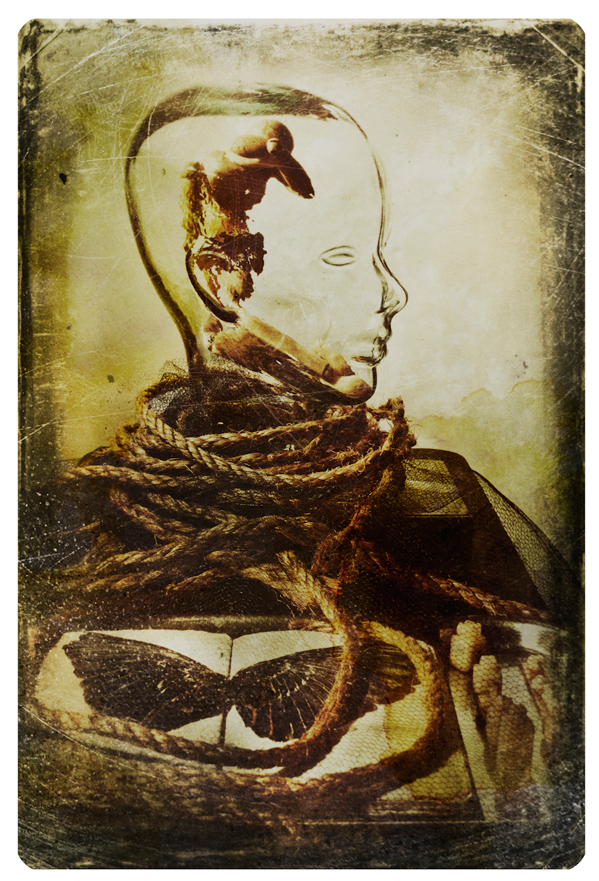
XII (the hanged man)

V (the heirophant)

II (the high priestess)

XXI (the world)
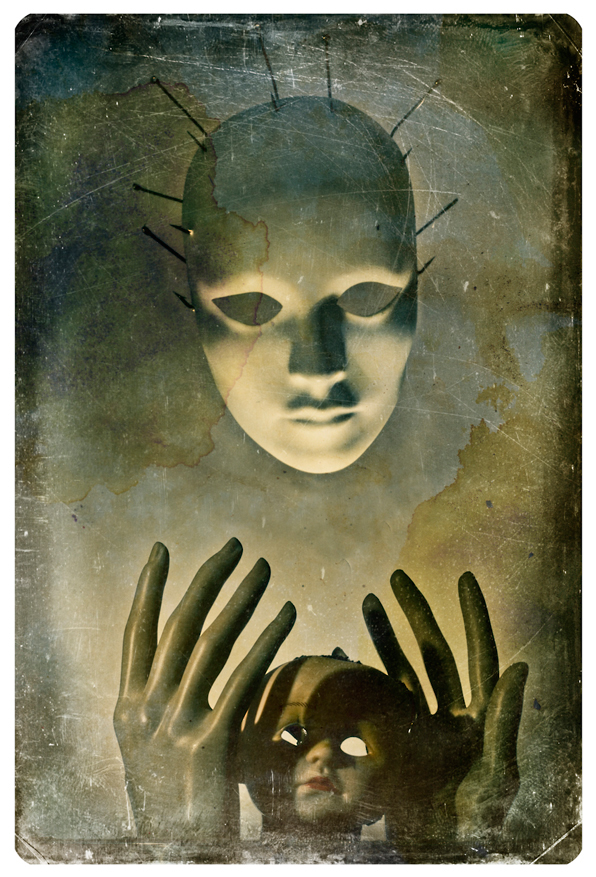
XVIII (the moon)
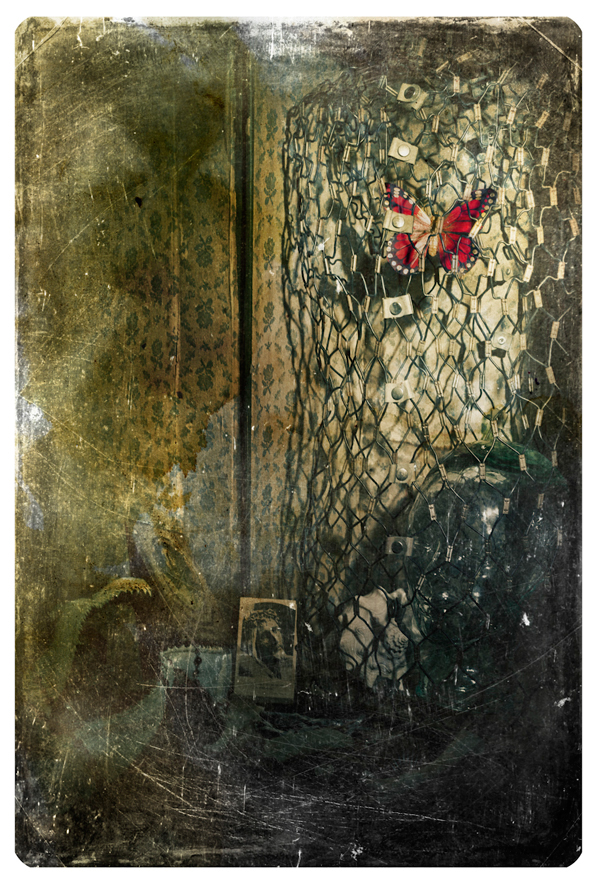
XVI (the tower)

XIII (death)
Bibliography Key Resources and References
1) Arrien, Angeles. TheTarot Handbook: Practical Applications of Ancient Visual Symbols. New York:Jeremy P. Tarcher/Putnam, 1997. Print.
2) Artaud, Antonin, andJack Hirschman. Antonin Artaud Anthology. San Francisco: CityLight, 1965. Print.
3) Artaud, Antonin. AntoninArtaud: Selected Writings. Berkeley, CA: Univ. of California, 1988. Print.
4) Artaud, Antonin, EvelyneGrossman, and Donald Nicholson-Smith. 50 Drawings to Murder Magic.London: Seagull, 2008. Print.
5) Artaud, Antonin. TheTheater and Its Double. New York: Grove, 1958. Print.
6) Barber, Stephen. TheArt Of Destruction: The Films Of The Vienna Action Group (Persistence ofVision) (Volume 5). UK: Creation, 2004. Print.
7) Cyr, Lisa. ArtRevolution: Alternative Approaches for Fine Artists and Illustrators.Cincinnati, OH: North Light, 2009. Print.
8) Green, Malcolm. Brus,Muehl, Nitsch, Schwarzkogler: Writings of the Vienna Actionists. London:Atlas, 1999. Print.
9) Grey, Alex. TheMission of Art. Boston: Shambhala, 1998. Print.
10) Jung, C. G. Psychologyand Alchemy. [Princeton, N.J.]: Princeton UP, 1968. Print.
11) Kiefer,Anselm, and Germano Celant. Anselm Kiefer. Milan: Skira, 2007. Print.
12) Kris, Ernst."Psychology of Creative Processes." PsychoanalyticExplorations in Art. New York: International Universities, 1952. 291-320.Print.
13) Layons, N."Equivalence: The Perennial Trend by Minor White." Photographerson Photography. New York: Prentice-Hall, 1966. 168-75. Print.
14) Lichtenstein,Therese. Behind Closed Doors: The Art of Hans Bellmer. Berkeley:University of California, 2001. Print.
15) McKean, Dave, andAlejandro Jodorowsky. The Particle Tarot: The Major Arcana. PacificGrove, CA: Hourglass, 2001. Print.
16) McKean, Dave, and RachelPollack. The Vertigo Tarot. [United States]: Vertigo, 2008. Print.
17) Morrison,Grant "Pop Magic!" Book of Lies: The Disinformation Guide toMagick and the Occult. New York: Disinformation, 2003. 16-25. Print.
18) Nitsch,Hermann Museum Hermann Nitsch. Ostfildern: Hatje Cantz, 2007. Print.
19) Parfrey,Adam. Apocalypse Culture. [Portland, OR]: Feral House, 1990. Print.
20) P-Orridge,Genesis "Thee Splinter Test." Book of Lies: The DisinformationGuide to Magick and the Occult. New York: Disinformation, 2003. 32-36.Print.
21) Robertson,Robin. "Archetypes of the Collective Unconscious." C.G. Jung andthe Archetypes of the Collective Unconscious. New York: P. Lang, 1987.Print.
22) Taylor, Sue. HansBellmer: The Anatomy of Anxiety. Cambridge, MA: MIT, 2000. Print.
23) Wells, Liz, ed. Photography:A Critical Introduction. [S.l.]: Routledge, 2010. Print.
24) Wells, Liz."Rhetoric of the Image." The Photography Reader. London:Routledge, 2003. 114-25. Print.
1) Arrien, Angeles. TheTarot Handbook: Practical Applications of Ancient Visual Symbols. New York:Jeremy P. Tarcher/Putnam, 1997. Print.
2) Artaud, Antonin, andJack Hirschman. Antonin Artaud Anthology. San Francisco: CityLight, 1965. Print.
3) Artaud, Antonin. AntoninArtaud: Selected Writings. Berkeley, CA: Univ. of California, 1988. Print.
4) Artaud, Antonin, EvelyneGrossman, and Donald Nicholson-Smith. 50 Drawings to Murder Magic.London: Seagull, 2008. Print.
5) Artaud, Antonin. TheTheater and Its Double. New York: Grove, 1958. Print.
6) Barber, Stephen. TheArt Of Destruction: The Films Of The Vienna Action Group (Persistence ofVision) (Volume 5). UK: Creation, 2004. Print.
7) Cyr, Lisa. ArtRevolution: Alternative Approaches for Fine Artists and Illustrators.Cincinnati, OH: North Light, 2009. Print.
8) Green, Malcolm. Brus,Muehl, Nitsch, Schwarzkogler: Writings of the Vienna Actionists. London:Atlas, 1999. Print.
9) Grey, Alex. TheMission of Art. Boston: Shambhala, 1998. Print.
10) Jung, C. G. Psychologyand Alchemy. [Princeton, N.J.]: Princeton UP, 1968. Print.
11) Kiefer,Anselm, and Germano Celant. Anselm Kiefer. Milan: Skira, 2007. Print.
12) Kris, Ernst."Psychology of Creative Processes." PsychoanalyticExplorations in Art. New York: International Universities, 1952. 291-320.Print.
13) Layons, N."Equivalence: The Perennial Trend by Minor White." Photographerson Photography. New York: Prentice-Hall, 1966. 168-75. Print.
14) Lichtenstein,Therese. Behind Closed Doors: The Art of Hans Bellmer. Berkeley:University of California, 2001. Print.
15) McKean, Dave, andAlejandro Jodorowsky. The Particle Tarot: The Major Arcana. PacificGrove, CA: Hourglass, 2001. Print.
16) McKean, Dave, and RachelPollack. The Vertigo Tarot. [United States]: Vertigo, 2008. Print.
17) Morrison,Grant "Pop Magic!" Book of Lies: The Disinformation Guide toMagick and the Occult. New York: Disinformation, 2003. 16-25. Print.
18) Nitsch,Hermann Museum Hermann Nitsch. Ostfildern: Hatje Cantz, 2007. Print.
19) Parfrey,Adam. Apocalypse Culture. [Portland, OR]: Feral House, 1990. Print.
20) P-Orridge,Genesis "Thee Splinter Test." Book of Lies: The DisinformationGuide to Magick and the Occult. New York: Disinformation, 2003. 32-36.Print.
21) Robertson,Robin. "Archetypes of the Collective Unconscious." C.G. Jung andthe Archetypes of the Collective Unconscious. New York: P. Lang, 1987.Print.
22) Taylor, Sue. HansBellmer: The Anatomy of Anxiety. Cambridge, MA: MIT, 2000. Print.
23) Wells, Liz, ed. Photography:A Critical Introduction. [S.l.]: Routledge, 2010. Print.
24) Wells, Liz."Rhetoric of the Image." The Photography Reader. London:Routledge, 2003. 114-25. Print.

